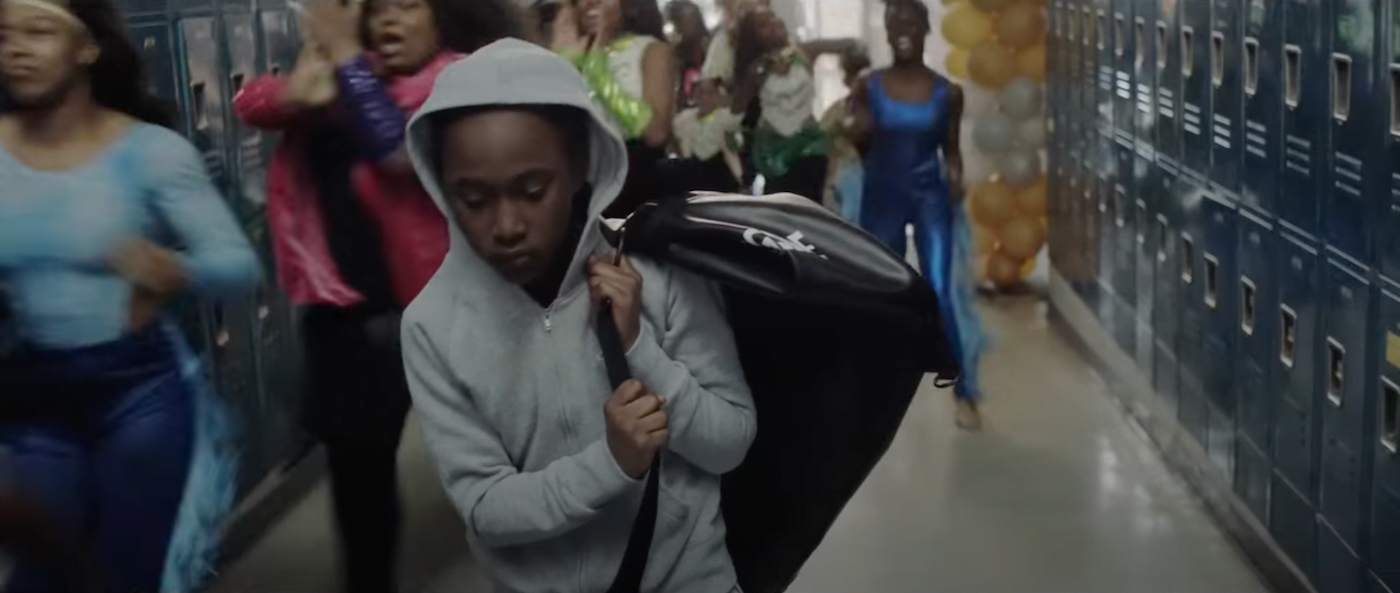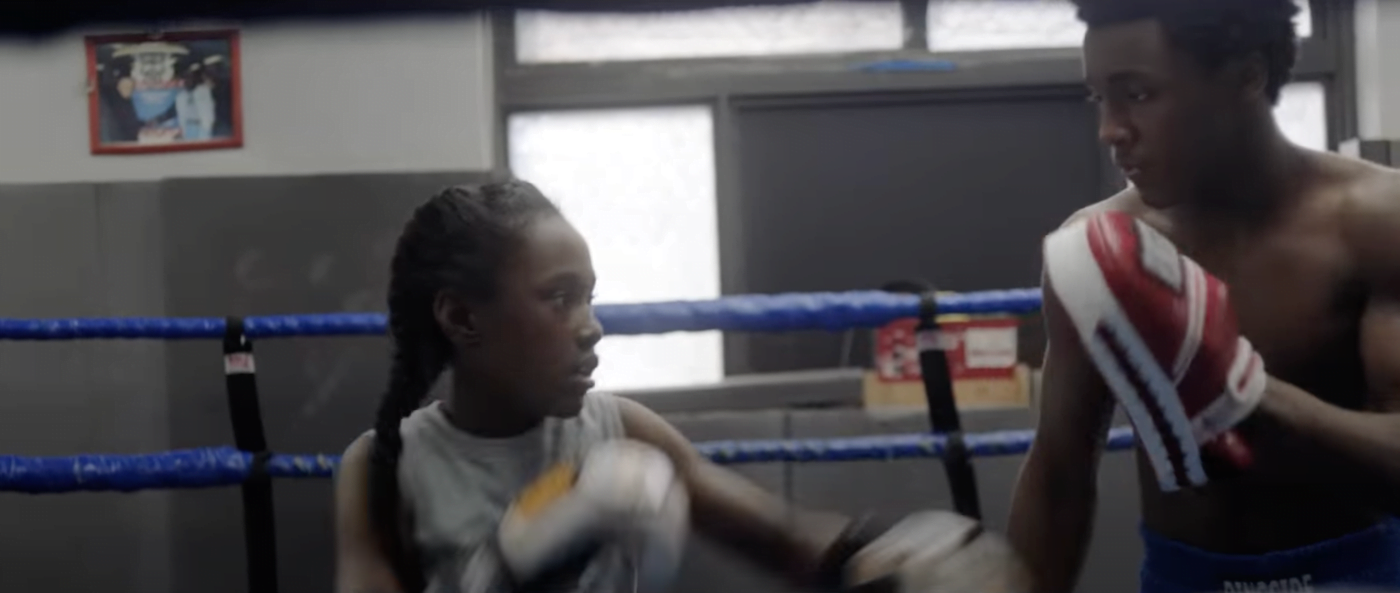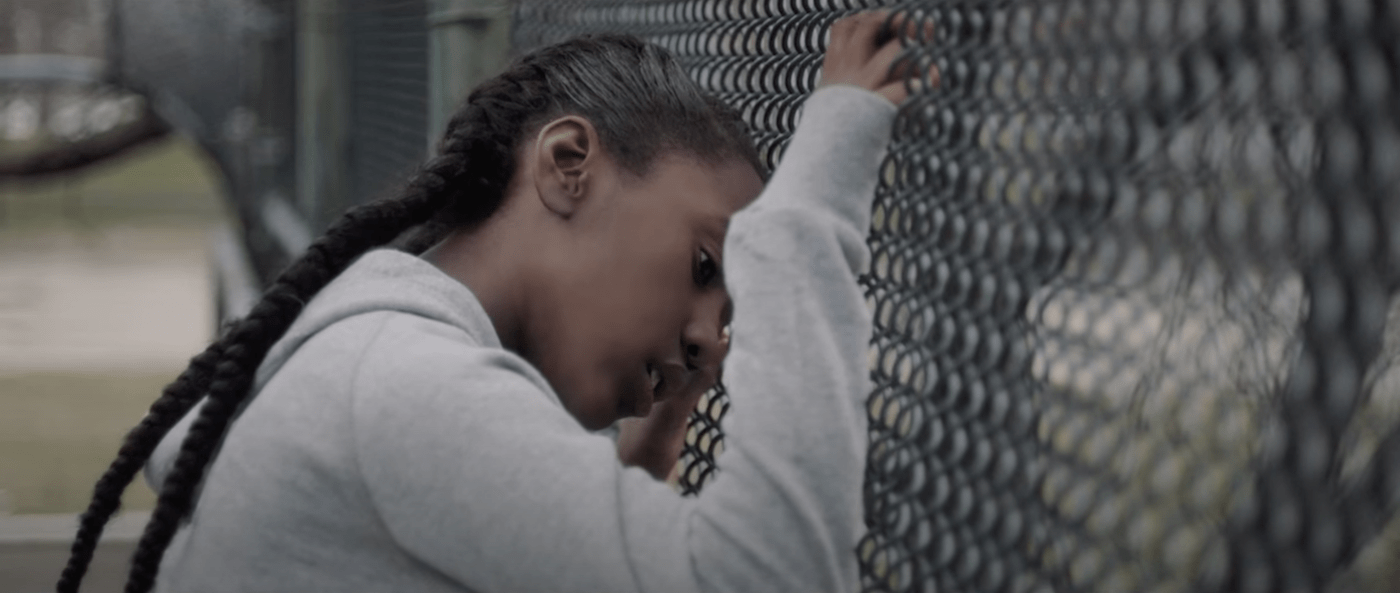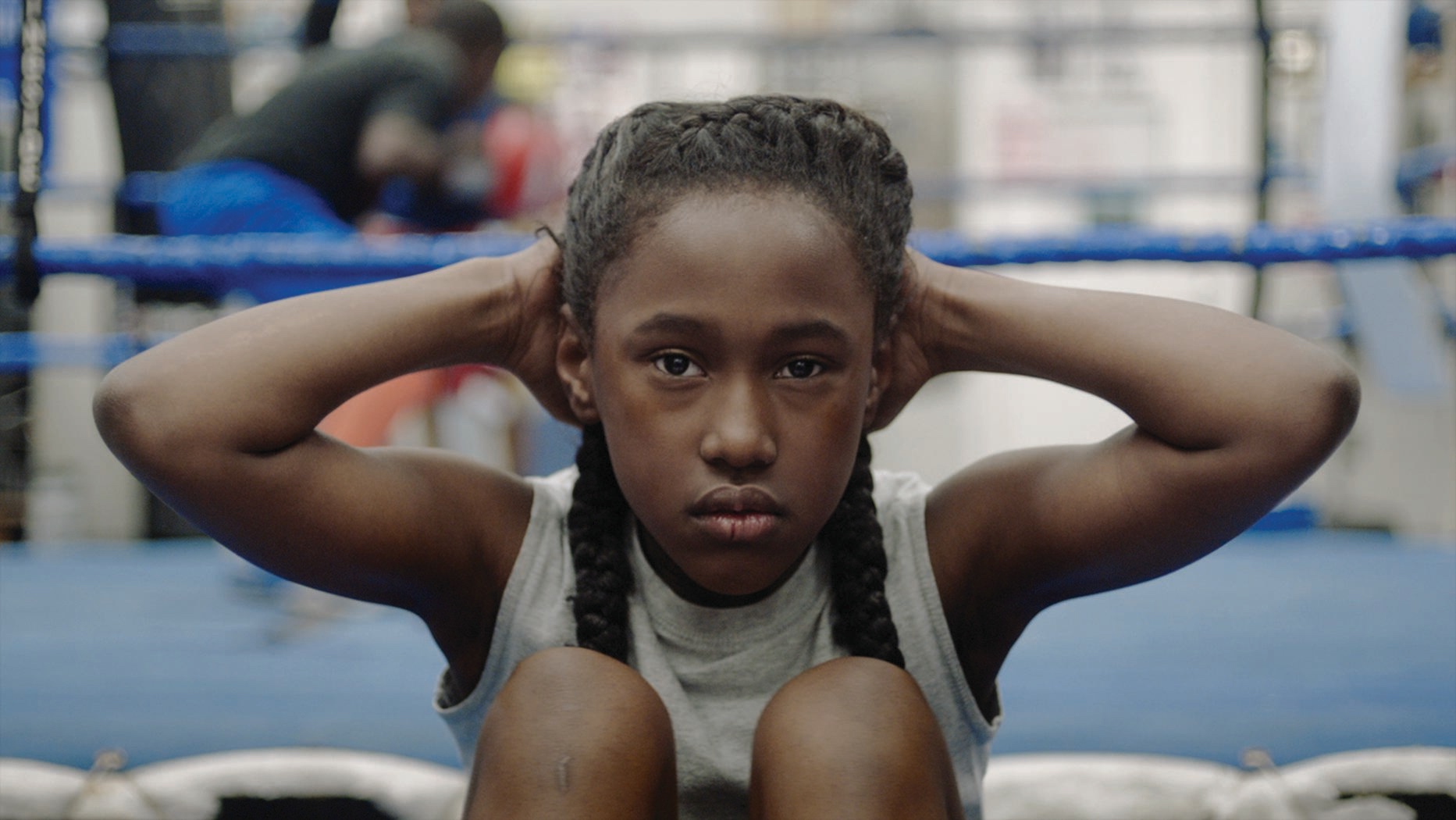A big deal was published today at Bright Wall Dark Room. I’m so excited about, and moved by, Joel Mayward’s outstanding new appreciation of The Fits — one of my favorite films of the 2010s, and one of the greatest directorial debuts by an American director I’ve ever seen — that I decided to join the party: It’s time to bring back my original Christianity Today reflection on the film here at Looking Closer.
I’ve been raving about The Fits since I first saw it five years ago this month. In my Letterboxd film diary, I’ve posted notes on it no less than eight times. And it has gradually risen in my Favorite Films of 2016 list — 2016 was a great year for cinema — to join Jim Jarmusch’s Paterson and Kristen Johnson’s Cameraperson in a three-way tie for the top spot.
Granted, the audience I was writing for when I reviewed the film was quite different than Mayward’s audience (the cinephiles like me who subscribe to Bright Wall Dark Room). I was writing for readers of Christianity Today, many of whom are suspicious of movies and more concerned about morality than art. My goal was to introduce them to this film in such a way that they might find the courage to try something unusual, even though it was likely to challenge them and even disturb them with its ambiguities, mysteries, and implications. I also faced other challenges: a much more restrictive word limit, a need to avoid spoilers, and a directive to write in such a way that I would set people up for a Discussion Guide — one they would hopefully use with their family or friends after watching the movie.
Still, I’m grateful I got the chance, as soon as the film was available for streaming, to scratch the surface of all I had to say about Anna Rose Holmer’s mesmerizing and meaningful film.
Here’s that column, in its original form, published January 23, 2017 at Christianity Today.
If you’re looking for a film that inspires lively conversation, you’ve got to check out The Fits. Anna Rose Helmer’s debut feature film runs a brief, but intense, 72 minutes, leaving plenty of time for discussion and debate afterwards. It caused a stir last year at Sundance, and critics have been talking about it ever since. Fortunately, Amazon Prime subscribers can currently stream it for free — and for the rest of us, it’s available for rent or purchase.
Here’s the premise:
Toni (played by an astonishing discovery named Royalty Hightower) is a soft-spoken but hard-thinking 11-year-old girl who, in her lonely afterschool hours, is wandering unwittingly toward an outbreak of mass hysteria. She spends her days drifting around her Cincinnati community center, moving back and forth from her brother Jermaine’s boxing practice (where she is an awestruck observer in the world of boys) to the territory of the Lionesses, a highly competitive and hierarchical dance team (in which she is an awkward beginner).

Sometimes, it’s challenging: We ponder Toni’s lonely silences and awkward exchanges with girls younger and older. Sometimes, it’s exhilarating: We watch her slowly begin to find her feet in an unsteady environment. And sometimes, it’s unsettling: Toni witnesses other girls on the Lionesses’ dance team succumbing to sudden “fits” that resemble strokes, seizures, sexual ecstasy, or spiritual epiphany.
And that’s the fun of the after-movie discussion: What do these fits mean?
I showed The Fits to film classes at both Seattle Pacific University and Northwest University this month, and each time my students filled an hour (and could have kept going) with difficult questions, personal insights, and surprising interpretations.
They have all kinds of ideas. With the toxic water of Flint, Michigan, and the endangered water of the Standing Rock community still making headlines, some think it’s a film about the environmental dangers suffered by vulnerable low-income communities. Others see it as a poetic representation of adolescence and all its awkward rites of passage (particularly for women). One of my students observed, “While [puberty] can be a scary thing, it creates unity in a group.” Some decided that The Fits is about “finding your voice” or “discovering your calling,” or even struggling with questions of sexual orientation. A few talked peer pressure—especially pressures related to sex. One student summed it up as a story about “the psychological need for belonging and acceptance.”

I introduced them to Alissa Wilkinson’s personal reflection on the film, previously published here in Christianity Today. Wilkinson writes that The Fits “captures—without judgement or condescension—the strangeness of being part of a microcosm where your place in the pecking order is determined by something nonsensical and mystical, something adults don’t understand and other teenagers outside your group view disdainfully.”
Explore further and you’ll find that the filmmakers were considering “historic cases of hysteria and mass psychogenic illness” from the Middle Ages to as recently as the 1960s. For Holmer, the film served primarily as “an allegory about the power of dance and what it means to really give into that power.”
All of these interpretations have merit. By refusing to reduce her movie’s mysteries to a simplistic “answer,” Holmer invites us to empathize with her characters in a variety of ways. The movie’s ambiguities make possible a fusion of palpable dread and visceral intrigue that might remind us all of the distinct ways in which we have experienced adolescence, or alienation, or rites of passage, or self-discovery.
It might even remind us of our innate longing for communion with God.

What fascinates me most about The Fits is its insistence that something more than hyperactive hormones are happening here. Something mystical is occurring—and it’s descending upon these young people from somewhere outside of themselves. The fits might come from a connection with a higher power of some kind. Toni looks heavenward as if receiving signals. And who hasn’t felt that desire to break open and commune with something larger, something mysterious, something that would reveal your meaningful place in this world?
It takes me back to my own experiences in a competitive choir at Portland Christian High School, where our director — who had previous experience as a drill sergeant — coached, lectured, and even berated us in his drive for excellence. Some couldn’t take it, humiliated and hurt. Others, for better or worse, pressed on, almost convinced by his claims that if we hit our notes just right and achieved a sublime harmony, we might see the heavens open.
Toni sees young women knocked down, even humiliated, by these fits. But there is another possibility—one that involves a sort of cooperation with mystery. Hardship can arrive in ways that ruin us. But the Scriptures say that God’s strength is made perfect in weakness. When calamity strikes, we can embrace it as an occasion for God to “make all things new.” The result of such collaborative formation can be the revelation of something fierce and beautiful. When we open ourselves to the Spirit, the result might be a Work of Art.
For Discussion:
- What do you think The Fits is about? And why? Point to specific images, lines, and scenes to back up your interpretation.
- The film has a distinct musical score, in which an abrasive out-of-tune clarinet and powerful percussion—both arrhythmic and syncopated—play important parts. What do these musical accents add to the film? What might they represent?
- Consider the film’s wardrobe: What do the characters wear, and what does that represent for them? How does Toni’s fashion sense change, and what does it mean?
- What other films about adolescence or transformation have you seen? How do they compare to The Fits? (I find myself thinking about 2015’s Girlhood, 2010’s Black Swan, or even Beyonce’s visual album Lemonade at certain points.)
- Toni seems uncertain, fearful, even lost for stretches of this movie. At what points do you notice changes in her? What provokes them, and how do they manifest?
- How are the fits different from one another? Consider especially the last one we see: How and why is it distinct?
- The film’s big finale is, well… surprising. But look back at the whole film: How were we prepared for that revelation? What images or moments did the filmmakers use to strategically and subtly prepare us for that?
- We don’t see a lot of movies that focus on the experience of young girls. How is this one unique? Does it portray women differently than you’re used to? How? Is it a respectful portrayal?
- What is your personal connection point with Toni? What in your own experience enables you to feel empathy for her? Can you think of moments in your life that were pivotal and transformative?
